This post may contain affiliate links.
Gnats are more than just a minor annoyance; these tiny pests buzz around with a persistence that’s hard to ignore. They often set their sights on our houseplants, lingering and disturbing the plant’s peace. For plant lovers, battling these pests can be quite frustrating.
Fortunately, there’s light at the end of the tunnel. Here are ten effective ways to keep gnats away from your house plants.
Use Quality Soil

To keep gnats away from your houseplants, start by using high-quality, well-draining soil. Contaminated or poor-quality soil is a common way gnats are introduced to your indoor garden.
How to Test your Garden Soil: A Comprehensive Guide
Allow the Soil to Dry

Allow the top layer of your plant’s soil to dry out between waterings. Gnats flourish in wet conditions, so letting the soil dry can prevent their larvae from thriving.
Layer the Soil with Sand or Gravel

Consider topping your soil with sand or gravel. This improves drainage and discourages gnats from laying eggs by creating a barrier they can’t easily penetrate.
Do Not Overwater
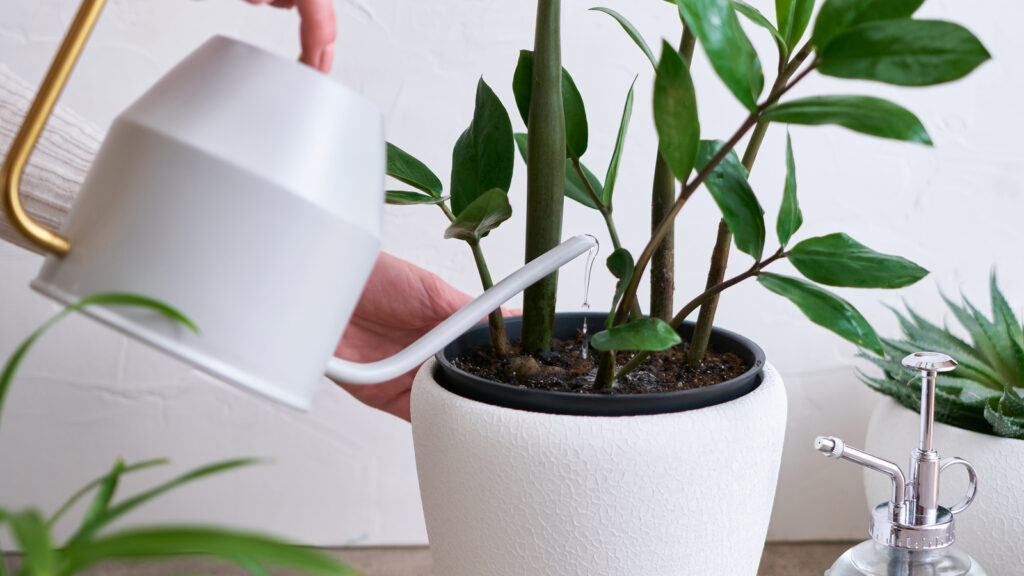
Be mindful of your watering habits. Overwatering is a big welcome sign for gnats, creating an ideal breeding ground for them. Ensure you’re watering your plants as needed. If you’re unsure when to water, a simple touch test by inserting your finger into the soil can guide you. Also, ensure your pots have adequate drainage to prevent water from pooling.
Proper Pot Drainage

Poor drainage can contribute to gnat infestations, as water can accumulate in the bottom of the pot, creating a moist environment for the insects. Choose pots that have drainage holes for optimal soil drainage.
Remove Dead Leaves

Keep the plant area tidy by promptly removing dead or decaying leaves, as gnats are drawn to decomposing organic matter. A clean soil surface is less inviting for them.
Hydrogen Peroxide Solution

A hydrogen peroxide solution can be a safe bet for tackling gnat larvae directly. Mix one part 3% hydrogen peroxide with four parts water and use it to water your plants.
Essential Oil Spray

An essential oil spray can be effective as a natural repellent. Mix water with a few drops of peppermint, eucalyptus, or tea tree oil, and spritz lightly on the soil and foliage.
Use Sticky Traps

Yellow sticky traps are great for catching adult gnats. Their attraction to the color means many will get trapped before they can lay more eggs.
Neem Oil

Applying neem oil to the soil acts as a natural insecticide, targeting gnat larvae without harming your plant.
Cinnamon
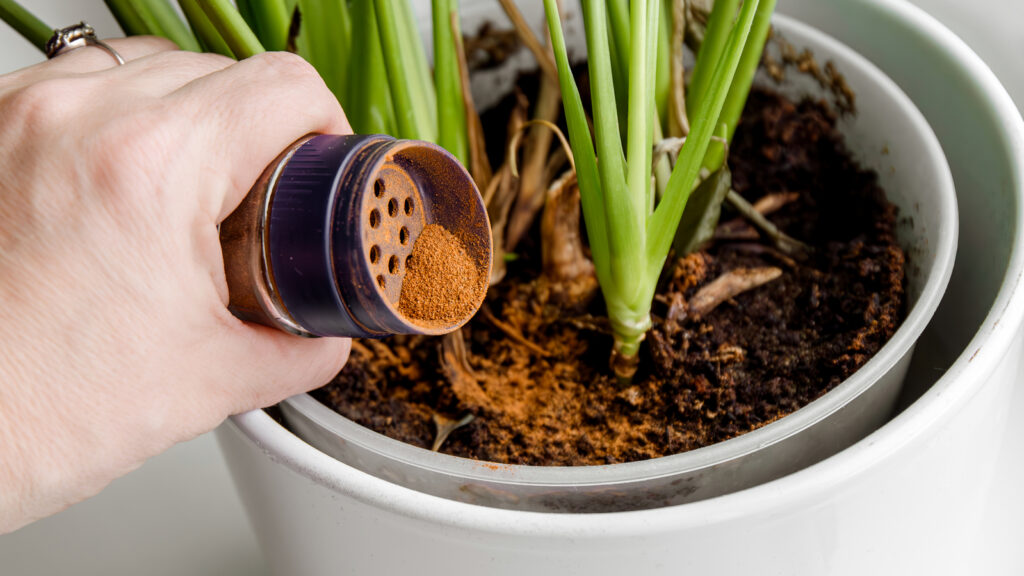
a sprinkle of cinnamon on the soil can serve dual purposes: it has antifungal properties that help prevent fungus gnats and adds a pleasant scent to your plant area.
Use Coffee Grounds

For coffee-loving houseplants, you can use coffee grounds to keep gnats at bay. When you’re in the process of repotting your houseplant, consider incorporating a modest quantity of used coffee grounds into your potting soil. The strong smell of coffee grounds is considered unattractive to gnats and other pests, acting as a natural repellent.
How to Use Coffee Grounds on Houseplants
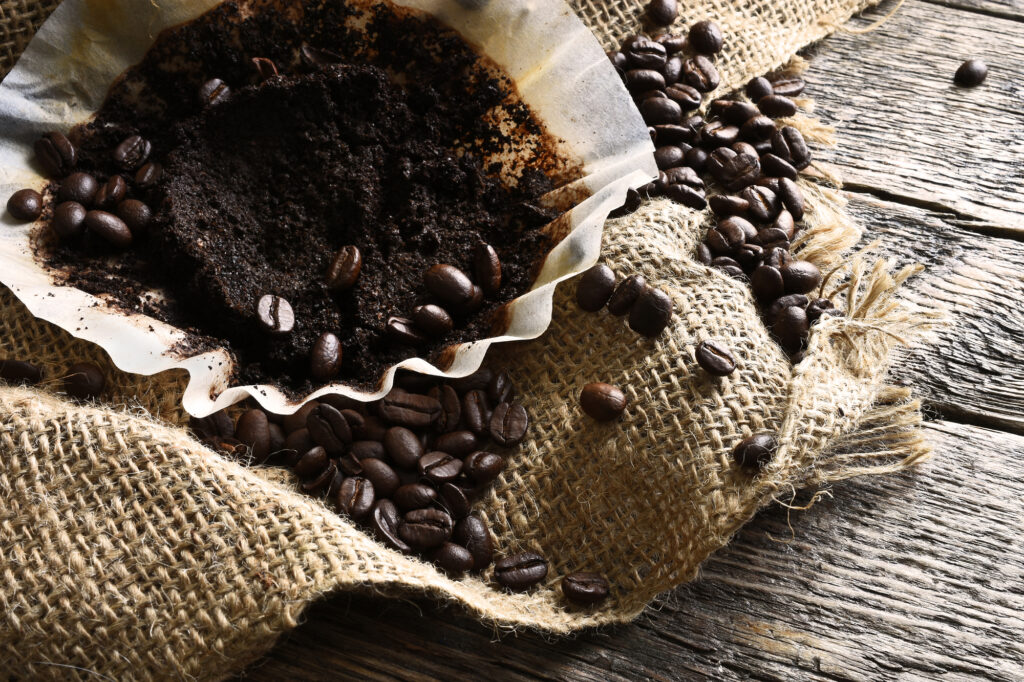
If you’ve been in the habit of simply disposing of your coffee grounds each morning, you should rethink your approach. Coffee grounds offer an eco-friendly alternative for enhancing your plant’s soil quality and promoting growth. Coffee grounds have nutrients that plants like, so they can improve your soil and act as a natural fertilizer. Here’s how.
How to Use Coffee Grounds on Houseplants
Plants to Grow Now for a Mosquito-Free Summer
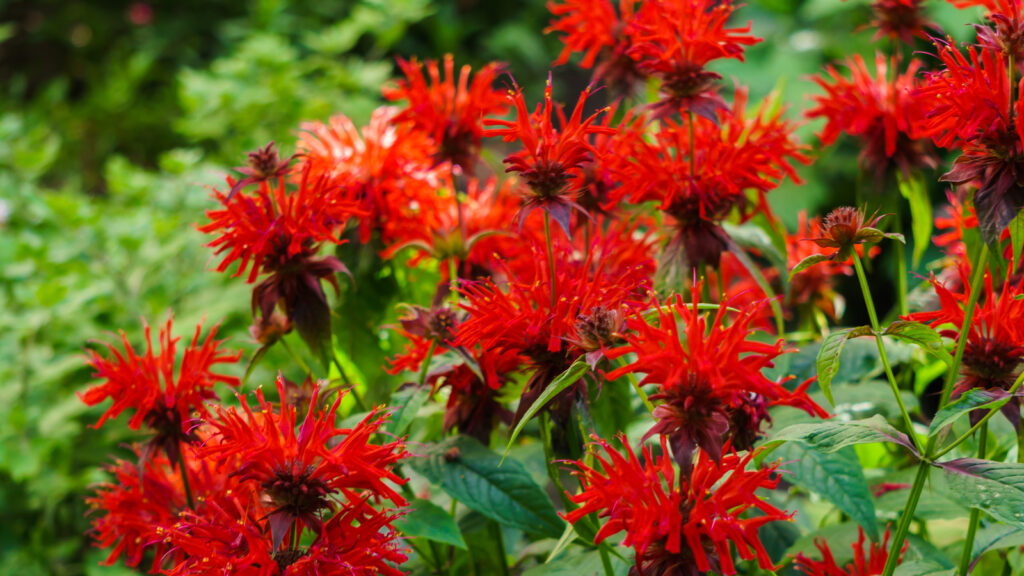
Here are some of the best plants you can grow in your yard to help keep the mosquitoes at bay.
12 Plants to Grow Now for a Mosquito-Free Summer
15 Incredible Ways to Repurpose Used Coffee Grounds
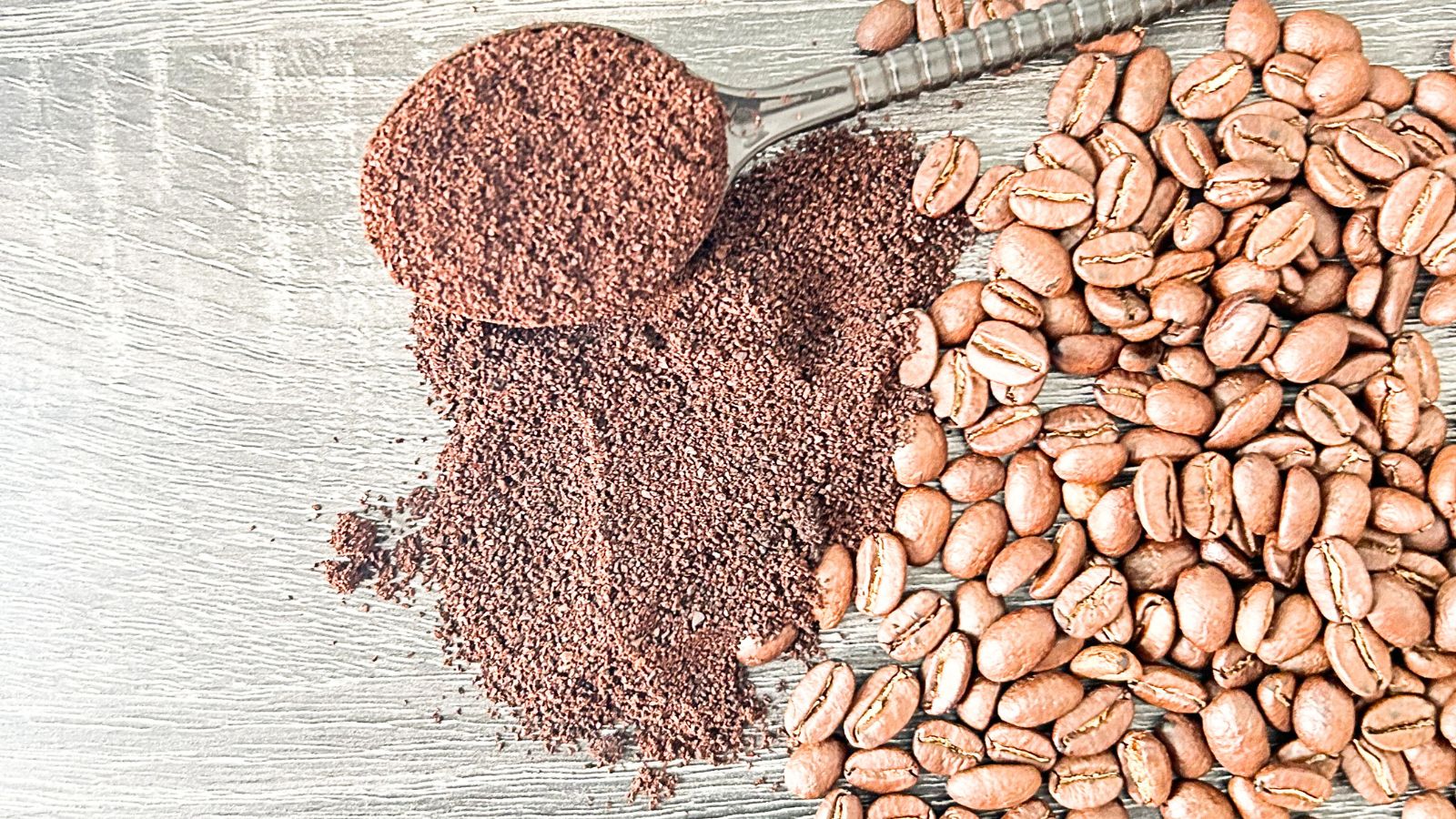
Most people toss out used coffee grounds after making their morning cup of coffee, but what you might not know is that these grounds can actually be useful in many ways. You can repurpose them to do things like composting or cleaning, which can help reduce waste in your home. Here’s how.

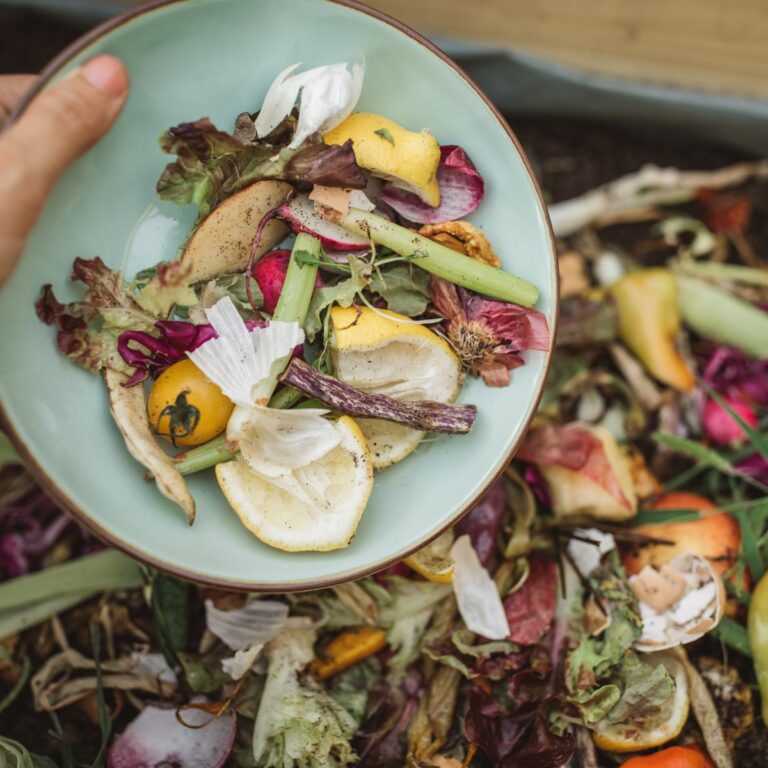
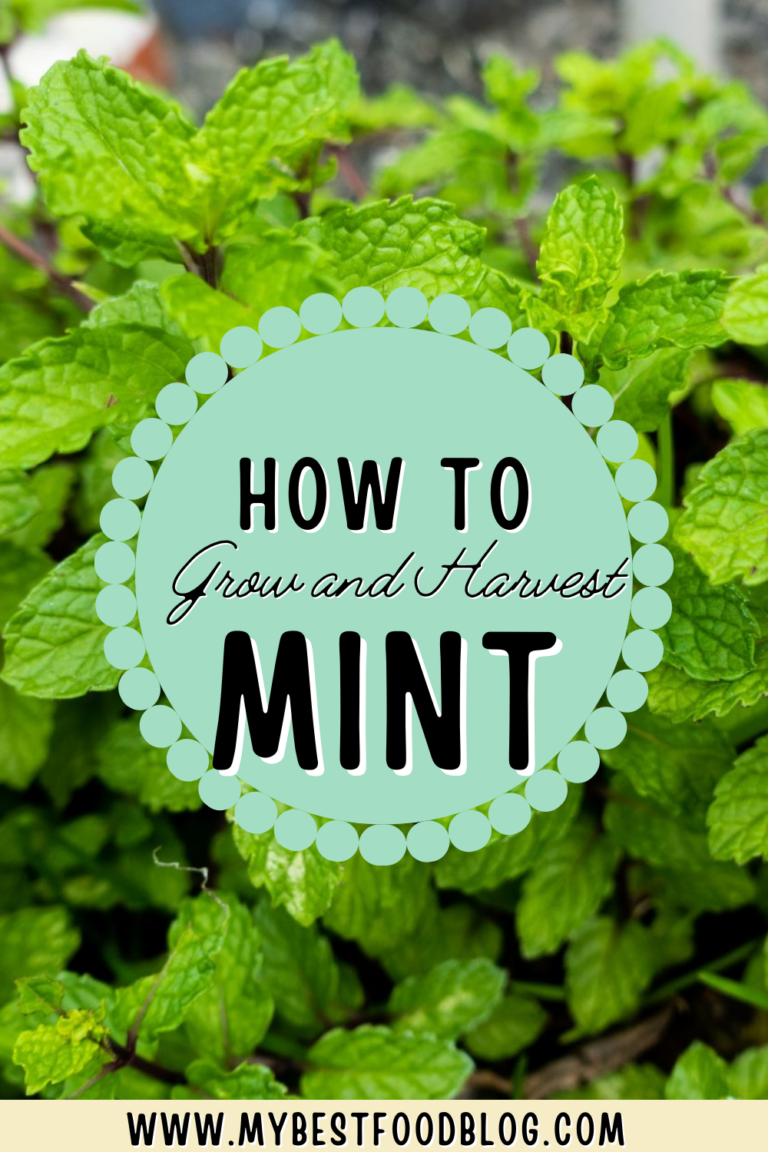
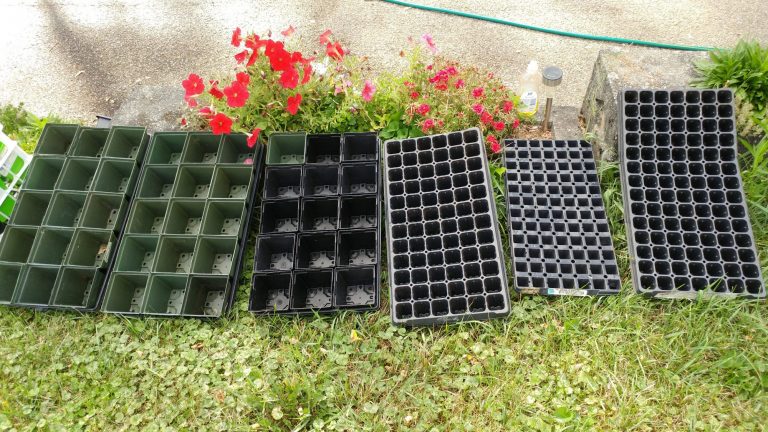
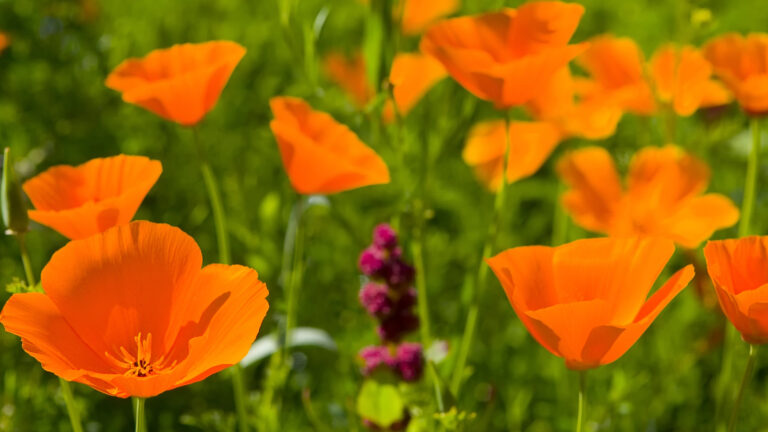
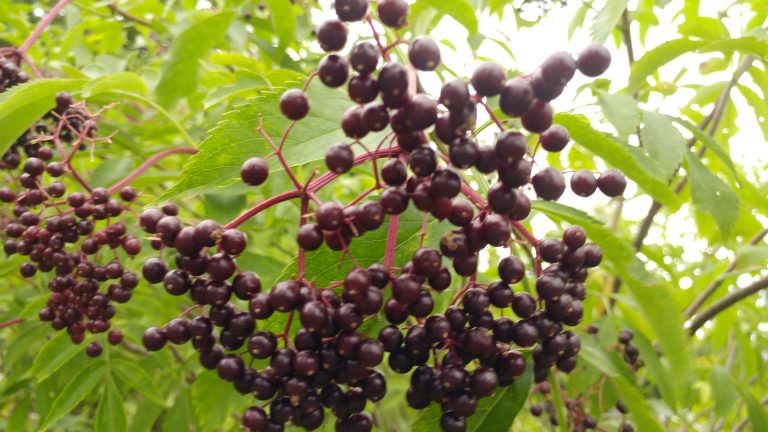
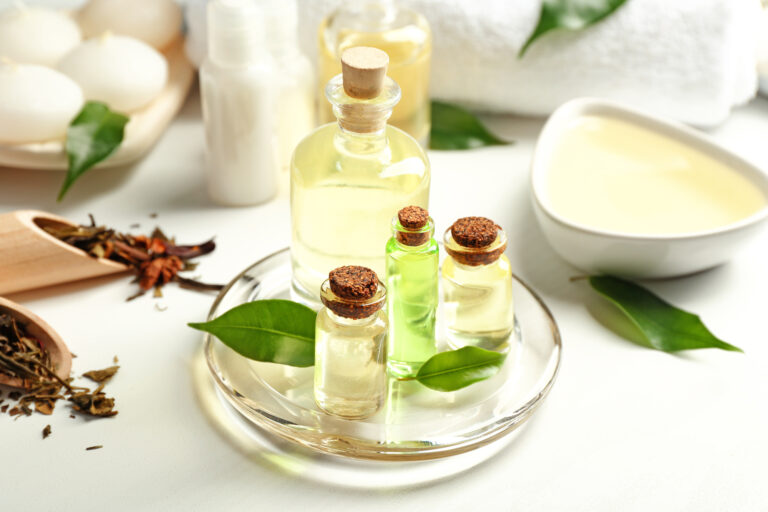
Thanks for sharing my house plants are suffering I will consider some of your justers.